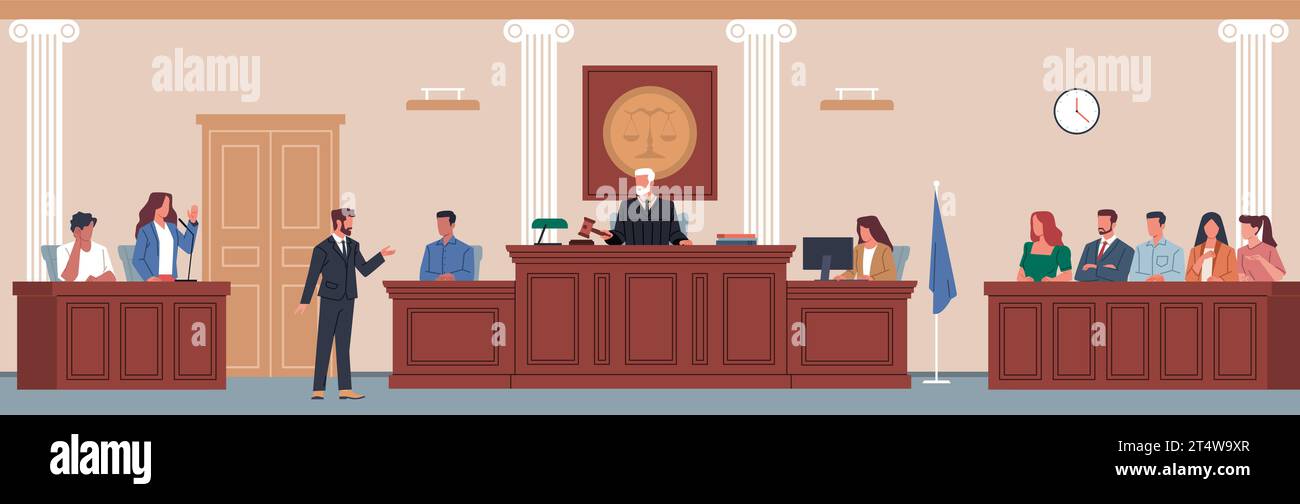Well-crafted trial presentations play a key role in legal proceedings.
Well-crafted trial presentations play a key role in legal proceedings.
Blog Article
How Test Presentations Enhance Your Disagreement and Convince Jurors
Trial presentations work as a critical mechanism for enhancing legal debates and encouraging jurors. By incorporating aesthetic aids, narrative frameworks, and emotional interaction, attorneys can create an engaging instance that reverberates on several levels. The strategic use visuals not just clears up complex information yet additionally catches jurors' interest better than words alone. Nonetheless, the art of narration plays a similarly crucial role in changing valid evidence into an engaging narrative, shaping jurors' assumptions - trial presentations. Recognizing these elements can considerably influence trial outcomes, increasing the concern of how each element contributes to this detailed dynamic.

Importance of Aesthetic Aids
Visual help play a vital duty in boosting the efficiency of trial discussions, as they can substantially enhance target market interaction and retention of information. In the context of a test, where jurors are charged with handling complicated information, aesthetic aids offer to simplify and clarify bottom lines. Graphes, graphs, and photos can communicate information and ideas that may otherwise bewilder or perplex jurors, enabling for an extra simple understanding of the proof provided.
In addition, visual aids aid in preserving juror focus throughout the procedures. By damaging the monotony of spoken testimony, these devices can punctuate important arguments, making them a lot more memorable. Efficient aesthetic aids can likewise stimulate emotional actions, which can be crucial in convincing jurors to straighten with the presenter's story.

Crafting Engaging Narratives
An engaging story is necessary in test presentations, as it offers as the foundation of efficient persuasion. It enables lawyers to weave together facts, evidence, and psychological elements right into a systematic tale that resonates with jurors. This narrative structure allows jurors to comprehend the complexities of the case while assisting them via the attorney's disagreement.
To craft a compelling story, lawyers should concentrate on quality and comprehensibility. This involves establishing a clear lead character-- often the client-- and describing their trip via the occasions concerned. Offering the realities in a logical sequence enhances comprehension and preserves interaction. In addition, making use of vivid descriptions can create mental images that help jurors visualize the events, making the narrative more memorable.
Additionally, incorporating crucial styles throughout the presentation reinforces the core message and aids in retention - trial presentations. The narrative needs to not only communicate details however also evoke a feeling of justice, highlighting site the risks included. Eventually, a well-constructed narrative fosters a link in between the jurors and the situation, placing the attorney's disagreement as both legitimate and compelling, thus raising the possibility of a beneficial judgment

Engaging the Jury Psychologically
Efficient jury interaction hinges on the lawyer's ability to connect with jurors on a psychological degree. This connection can significantly affect jurors' perceptions and their utmost decision-making.
Aesthetic help, such as photographs or videos, can better enhance emotional involvement, providing jurors with brilliant depictions of the case's human aspects. Crafting a story that highlights the battles and accomplishments of the individuals included makes sure that jurors see past the legal arguments and acknowledge the human repercussions of their choices.
Moreover, tone and body language play a critical duty in conveying feeling. A lawyer's passionate delivery can resonate with jurors, strengthening their emotional investment in case. It's necessary to balance emotional appeals with factual evidence, guaranteeing that jurors feel compelled to act while remaining grounded in the truth. Ultimately, an emotionally engaged jury is most likely to be persuaded, making emotional link an essential part of reliable test discussions.
Structuring Your Presentation

The body of the discussion should be realistically fractional into bottom lines, each supported by engaging evidence. It is beneficial to use narration methods to weave truths into a narrative that jurors can quickly adhere to. Visual aids, such as graphes and videos, can boost comprehension and involvement, assisting to highlight vital items of evidence.
Real-World Study
Analyzing real-world situation researches provides indispensable understandings right into the art of trial presentations and persuasion. The defense group properly utilized an approach that Click This Link incorporated high-profile expert statements with multimedia discussions, which astounded jurors and inevitably influenced their decision.
Another noteworthy example is the "McDonald's Coffee Situation," where the complainant's lawyers used visuals pictures of the injuries received by Stella Liebeck. trial presentations. This raw aesthetic proof played an essential function in communicating the intensity of her burns, causing a substantial court honor. Such situations show that impactful trial presentations typically depend upon the effective combination of visuals and storytelling to evoke emotional responses from jurors
Furthermore, the "Casey Anthony Test" highlighted the relevance of narrative comprehensibility and reputation. The prosecution's failing to develop an engaging timeline decreased their persuasive power, underscoring the necessity of a well-structured discussion. Assessing these situations reveals that effective test presentations require strategic preparation, psychological interaction, and the ability to reverberate with jurors' worths and beliefs.
Conclusion
Trial presentations dramatically enhance debates and persuade jurors via the calculated usage of visual aids, engaging narratives, and emotional interaction. A well-structured discussion equilibriums emotional appeals with accurate proof, eventually resonating with jurors' values.
Report this page